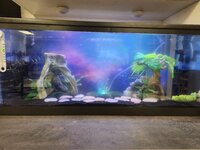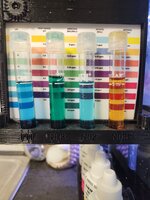JanineAxolotl
New member
I'm new to axolotls and tank cycling, but I've done several weeks of research and haven't seen anything close to what is happening in the tank I have been cycling for the last 5 weeks. My axolotl (Riptide) is currently 5.5-6" and is being tubbed in a 3 gallon tank with 2x daily water changes and feedings. Riptide appears to be happy and healthy eating and pooping regularly, but I know that as he is growing quickly he will need to be moved into the tank I'm cycling asap.
Here are the facts about the cycling tank:
- 20 gallon long - filled 3-4" from the top
- Tap water treated with Seachem Prime and Seachem Stability - per bottle instructions (treated on day 1 and for first 7 days, then treated as water evaporated and was add back to tank)
- 2 hides - one with NO white growth, one covered WITH strange white fluffy looking growth (both added on day 1 of cycle)
- black aquarium sand and river rocks (sanitized by boiling for 20 mins) - added on day 28 of cycle
- 2 sponge filters for healthy bacteria growth (added on day 1 of cycle)
- 1 airstone for oxygenation (added on day 1 of cycle_
- 3 live plants for ammonia absorption (various anubias) - added on day 21 of cycle
- 4-fan aquarium fans to maintain temperature
- temperature has maintained 64-66 degrees for the entire 5 weeks
- ph is at 7.4-7.6
- ammonia has ranged from 0ppm - 0.05ppm
- nitrite has ranged from 0ppm - 0.05ppm
- nitrate has ranged from 0ppm - 10ppm
I've included photos to help identify what the issue could be. TIA!
Attachments
-
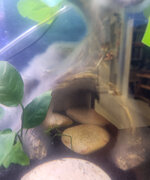 whitegrowth2.jpg692.5 KB · Views: 66
whitegrowth2.jpg692.5 KB · Views: 66 -
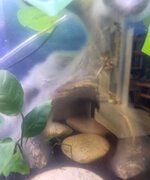 whitegrowth3.jpg702.8 KB · Views: 67
whitegrowth3.jpg702.8 KB · Views: 67 -
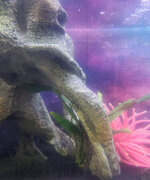 nowhitegrowth1.jpg805.9 KB · Views: 69
nowhitegrowth1.jpg805.9 KB · Views: 69 -
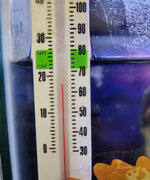 temp1.jpg642.6 KB · Views: 64
temp1.jpg642.6 KB · Views: 64 -
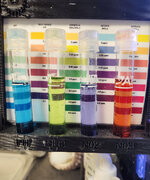 waterparameters1.jpg879.6 KB · Views: 68
waterparameters1.jpg879.6 KB · Views: 68 -
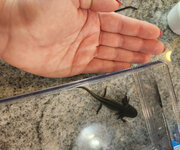 riptide1.jpg898.5 KB · Views: 151
riptide1.jpg898.5 KB · Views: 151 -
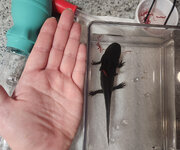 riptide2.jpg809.5 KB · Views: 62
riptide2.jpg809.5 KB · Views: 62 -
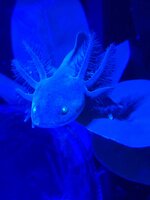 20221012_230413.jpg644.2 KB · Views: 64
20221012_230413.jpg644.2 KB · Views: 64 -
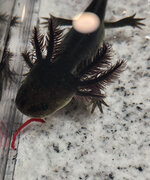 riptide4.jpg832.8 KB · Views: 61
riptide4.jpg832.8 KB · Views: 61

